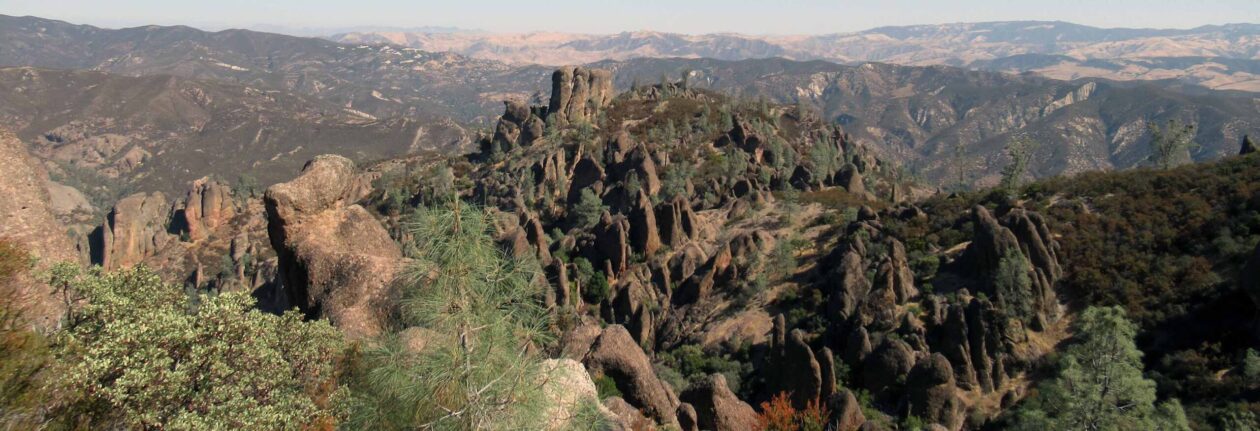Bucharest, Romania
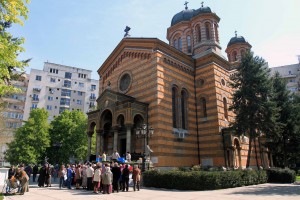
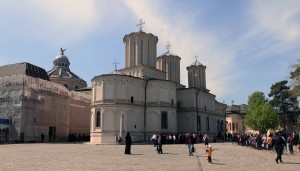
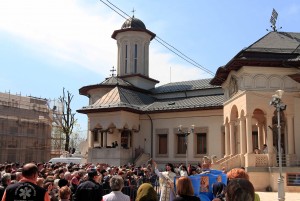
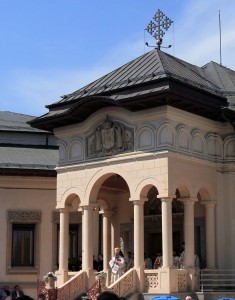
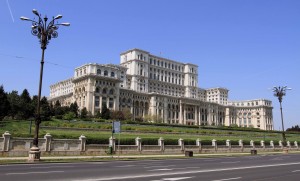
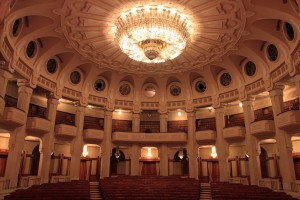
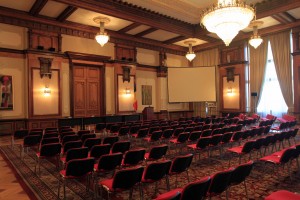
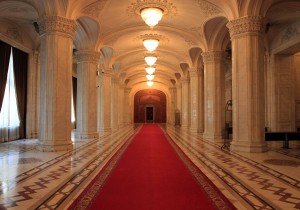
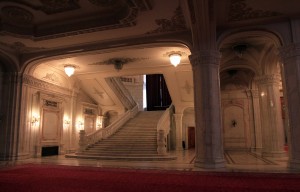
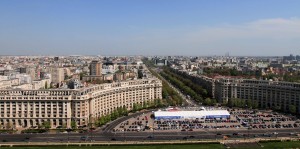
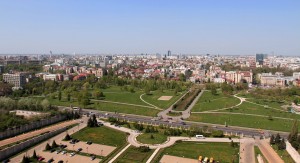
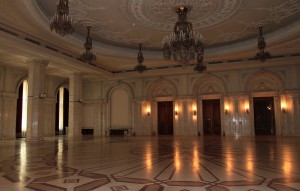
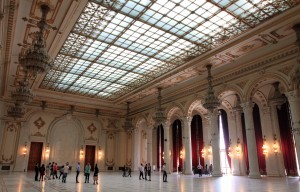
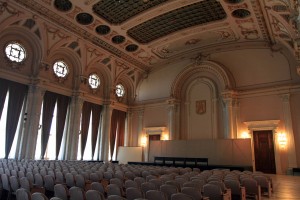
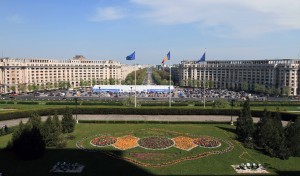
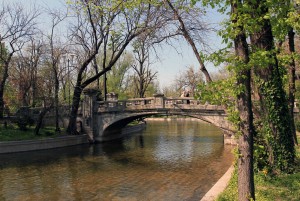
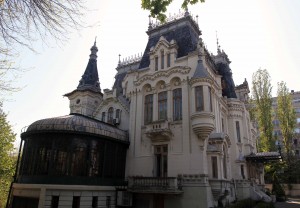
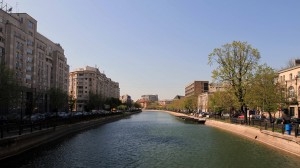
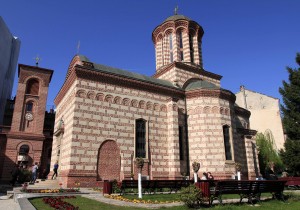
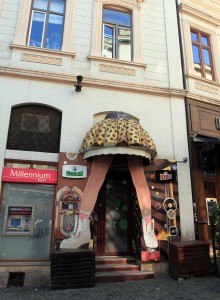
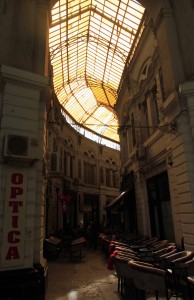
I woke up this morning, showered, dressed, and packed my bags. I then put my bags in to the storage room in the hostel (a disused bathroom and closet) and went outside to see the sites. I first walked to the Lady Balasa Church, which was built on the site of three previous churches that had succumbed to a fire, an earthquake, and a flood; this church was built between 1881 and 1885 AD; when I arrived, there was a service being held outside and the priest was sprinkling Holy Water on the parishioners; when the service had concluded, many parishioners were filling their plastic bottles with Holy Water from the large blue vats outside. I then walked inside the church and looked around before making my way to the Romanian Orthodox Patriarchal Cathedral. While trying to find the Patriarchal Cathedral (essentially, the Romanian Orthodoxy’s Vatican), I passed by another church that had a similar ceremony being conducted outside with the large vats of Holy Water. When I finally found the Patriarchal Cathedral, it too had a ceremony being conducted with many worshippers in attendance, waiting to be doused with Holy Water (evidently it is some feast day). I waited outside the cathedral and listened to the ceremony on the loudspeaker; then the head of the Romanian Orthodox Church, Patriarch Daniel of Romania, walked outside with many priests and bishops; the ceremony continued on outside and eventually they reached the point of the service where the priests used Holy Water from several large blue vats to sprinkle it on the parishioners. I hung around for some time, but eventually left the service and walked inside the Patriarchal Cathedral, which was built in 1658 AD. After looking around the cathedral and its grounds, I walked to the Palace of Parliament in Bucharest. The Palace of Parliament is the largest civilian building with an administrative function and the second largest building in the world, after the Pentagon; the palace was designed by architect Anca Petrescu when she was only twenty-eight years old; the construction started in 1984 AD and was finished after the fall of communism in 1997 AD. I approached the palace and found my way to the visitor entrance; once inside the visitor’s entrance and lobby, I purchased a ticket for the two-hour tour that was to start at 13:45, which meant I had to wait approximately thirty minutes. Finally, when the tour began, I surrendered my passport and was given an access badge. Our guide then took us through the massive building and we saw several hallways, a conference room that was built like an opera theater, part of the basement, a meeting room, two grand marble staircases, a rooftop terrace that offered us great views of the city, a massive ballroom that almost no one uses on account of the high rental cost, Cuza Hall (a meeting room that can hold 1,200 people, and a terrace in the front of the building that looks out over Bulevardul Unirii. Once the tour was completed, we were told that we had only seen about 10% of the gigantic building. I then returned my access badge, received my passport, and walked north through Izvor Park, to Cișmigiu Gardens. I reached the gardens and walked around for a while; I also visited Kretzulescu Palace on the north-end of the gardens. Next, I walked back to the old town of Bucharest and visited the Curtea Veche Church, which was built in 1559 AD and is located right next to the Old Princely Court (“Curtea Veche”). After looking around inside the church, I walked to the Pasajul Macca-Vilacrosse, which is a fork-shaped, yellow glass covered arcaded street in central Bucharest. After visiting the glass covered street, I then found a restaurant to eat dinner; I had Plescoi sausages, bread, French fries, and mustard, along with a beer.
After dinner, I returned to the hostel and relaxed while updating the website. Then, when it was time to depart, I returned the access card to the hostel, grabbed my bags, and walked to the nearest metro station. From there, I took the metro train to the railway station, arriving just before 21:00; then, with fifty minutes to spare, I decided to fill up on more food; so, I walked to a Subway restaurant and had a foot-long Spicy Italian sub (with salami and pepperoni). After eating that meal, I bought a bottle of water and boarded the train. I found my cabin, which I shared with a mother and her son and daughter, and two other women. The train then departed the station at 21:45 and I read for a while before finally going to sleep.
